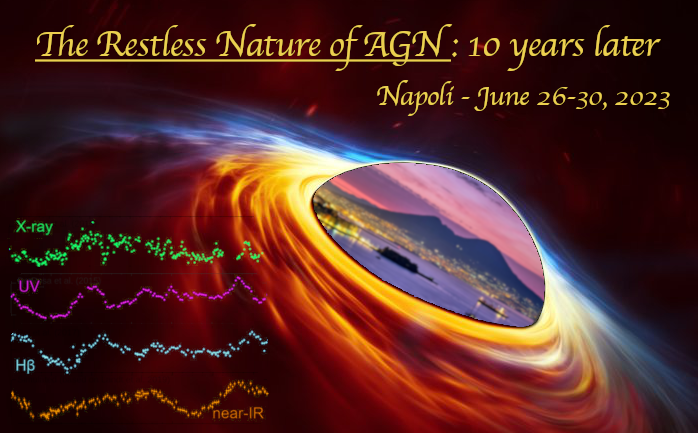Speaker
Description
In this talk, I will present the results of a multi-epoch monitoring with NuSTAR and XMM-Newton of NGC 1358, a heavily obscured AGN whose properties made it an ideal changing look candidate.
The source was indeed found to be highly variable in line-of-sight column density (NHlos) over time-scales from weeks to years, even transitioning from a Compton thick state (NHlos>1E24 cm-2) to a Compton thin one. By measuring both luminosity and column density variability over such a wide range of time-scales, we found a a tentative anti-correlation between the two parameters: the more luminous the AGN, the smaller the amount of NHlos. Such a result can be understood in the framework of Chaotic Cold Accretion clouds driving recursive AGN feedback.
Besides this important result, our monitoring campaign proved how a multi epoch X-ray monitoring is key to simultaneously constraining the three otherwise highly degenerate parameters that define the obscuring medium geometry: the torus average column density and covering factor, and the inclination angle between the torus axis and the observer.
In the final part of the talk, I will briefly discuss how we plan to soon extend this multi-epoch approach to a larger sample of heavily obscured, nearby AGN, to better characterize the properties of the obscuring material surrounding accreting supermassive black holes, as well as constrain AGN feeding models.

